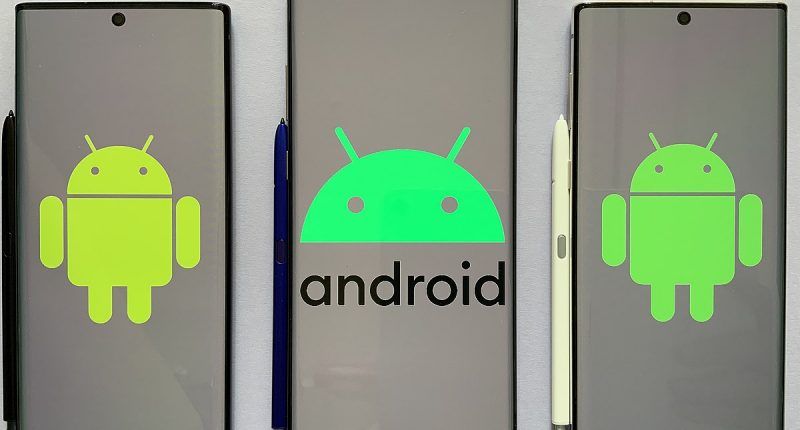Smartphone shipment fell 6% in Q3 2021, according to a report by Canalys. This, coming at a time where demand is at an all time high, seems unbelievable, and you are right-demand is high. In fact, it is higher than the supply. The reason behind this slump in sales, the report suggests, has to do with the semiconductor shortage, which is leading to manufacturers being unable to keep up with rising demand.
“The chipset famine has truly arrived,” said Canalys Principal Analyst, Ben Stanton. “The smartphone industry is striving to maximize production of devices as best it can. On the supply side, chipset manufacturers are increasing prices to disincentivize over-ordering, in an attempt to close the gap between demand and supply”
However, despite all of these measures, Stanton says that shortages will not ease until well into 2022, adding, “As a result of this, as well as high costs of global freight, smartphone brands have reluctantly pushed up device retail pricing.”
Let’s talk numbers. Samsung, as has become the ritual, reigned supreme with a 23% market share (it had a 23% market share in Q3 2020 as well). Apple managed to climb back to the second spot with a 15% market share, thanks to the launch of iPhone 13 and the huge surge in demand that comes with every iPhone launch. Chinese smartphone manufacturer Xiaomi bagged a 14% market share, followed by Oppo and Vivo at 10% each.
As far as what the future holds, Stanton says that companies are worried about the upcoming holiday season such as Singles’ Day in China, and Black Friday in the west.
“Channel inventories of smartphones are already running low, and as more customers start to anticipate these sales cycles, the impending wave of demand will be impossible to fulfill. Customers should expect smartphone discounting this year to be less aggressive. But to avoid customer disappointment, smartphone brands which are constrained on margin should look to bundle other devices, such as wearables and IoT, to create good incentives for customers,” he said.
